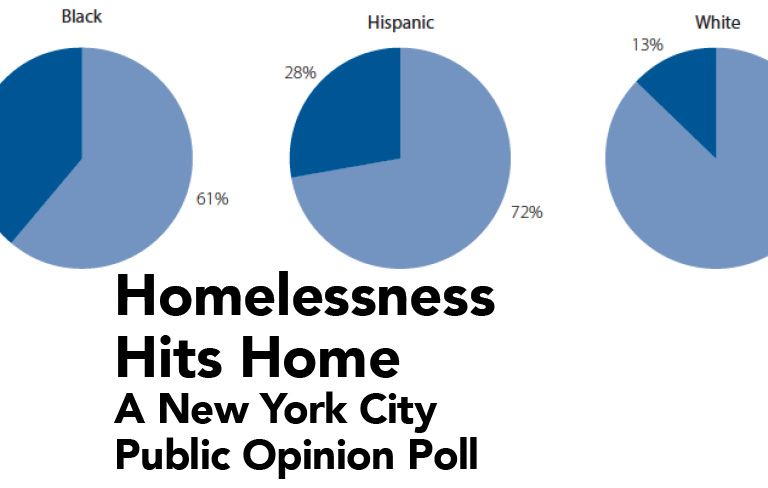As gentrification spreads in parts of New York City and across the country, this policy brief looks at trends in three neighborhoods of Upper Manhattan and the South Bronx—Washington Heights, Highbridge/Concourse, and Kingsbridge Heights—to better understand what poverty destabilization is and where and when it occurs.…
The Process of Poverty Destabilization: How Gentrification is Reshaping Upper Manhattan and the Bronx and Increasing Homelessness in New York City











